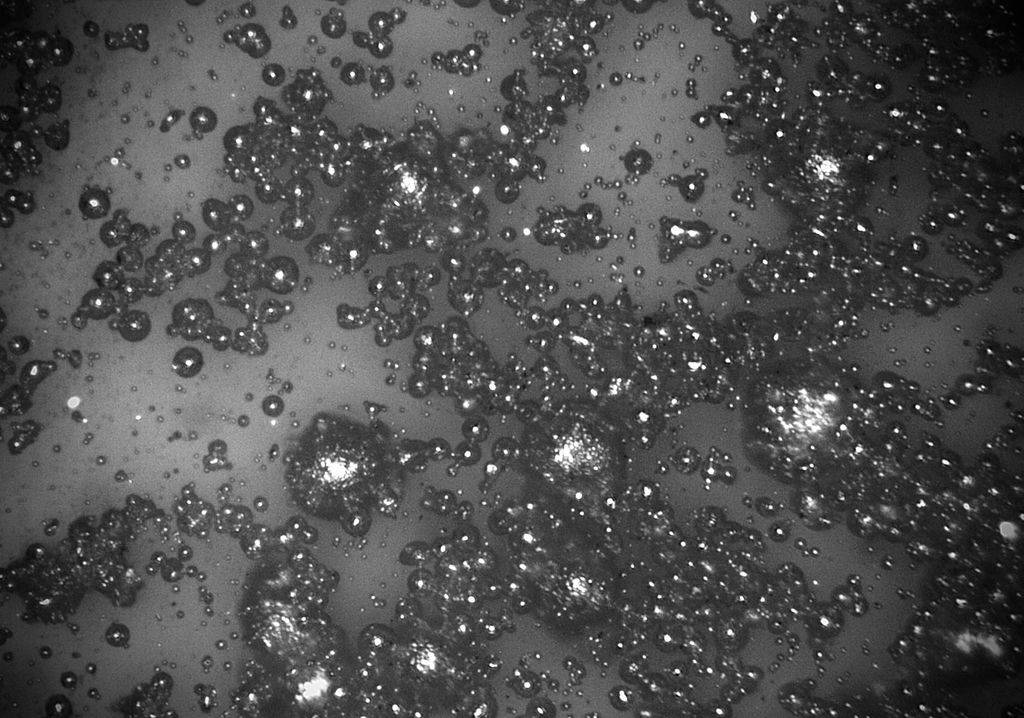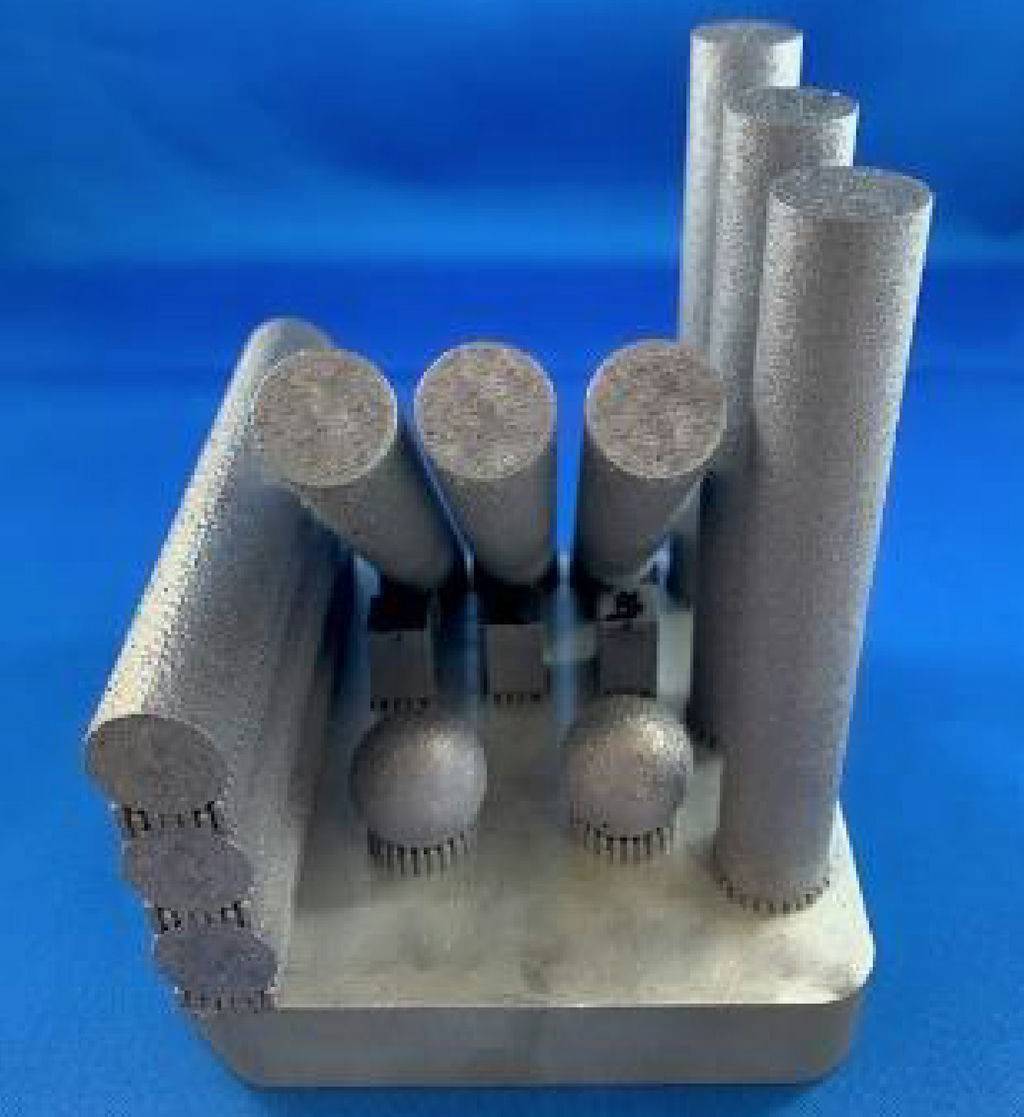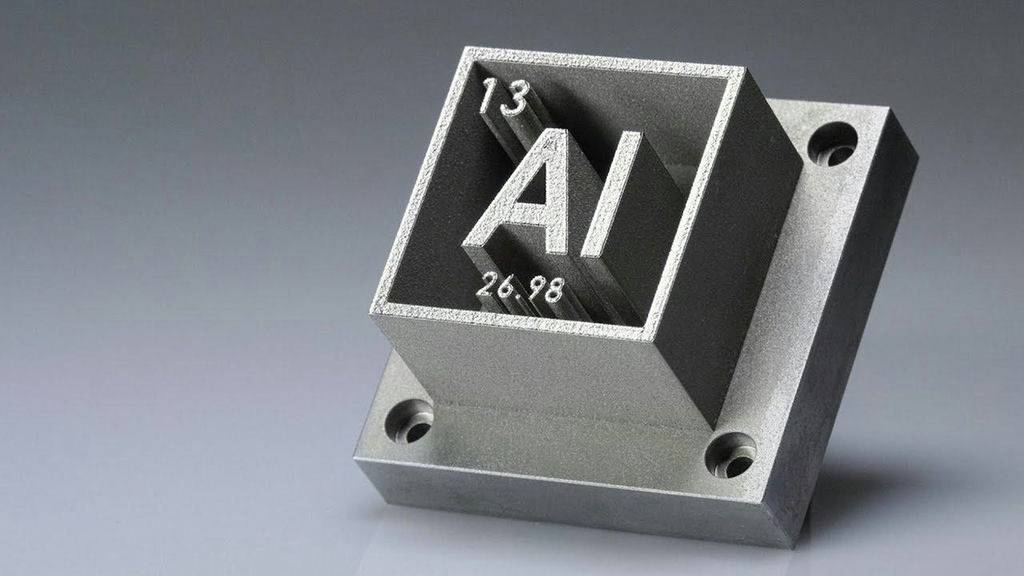[vc_row][vc_column][vc_column_text]Aluminum is a strong, light-weight metal alloy that combines outstanding mechanical and thermal properties. For those reasons, aluminum alloys are one of the most popular metals in the world, being widely used in the aerospace, automotive and biomedical industries.
The remarkable characteristics of this metal material make it a great choice for high-performance functional parts that are exposed to high loads. Aluminum alloys are also suitable for engine parts, production tools as well as for specific heat exchanger and outdoor applications. Having characteristics like great strength-to-weight ratio and weather resistance (no rust) only make it that much more desirable.
The material can be used for both prototyping and manufacturing purposes. These recent developments support this insight.
Desktop Metal and Uniformity Labs Announce Breakthrough in Aluminum Sintering for Binder Jetting Technology

- This new powder enables the sintering of unadulterated 6061 aluminum and represents a significant improvement over prior techniques used to sinter aluminum, which required coating powder particles, mixing sintering aids into powder, using binders containing expensive nanoparticles, or adding metals such as lead, tin and magnesium.
- Critically, the powder also enables compatibility with water-based binders and has a higher minimum ignition energy (MIE) relative to other commercially available 6061 aluminum powders, resulting in an improved safety profile. Desktop Metal and Uniformity Labs plan to continue to work together over the coming year to qualify the powder and scale production for commercial release.
- Once fully qualified, Uniformity 6061 aluminum will be available for use with the Desktop Metal Production System™ platform, which is the only metal binder jetting solution with an inert, chemically inactive processing environment across the printer and auxiliary powder processing equipment, enabling customers to achieve consistent, high-quality material properties across volumes of end-use parts with reactive materials, such as aluminum.
ExOne & Ford Announce The Automotive Industry’s First Binder Jet 3D Printing & High-Density Sintering Of Aluminium

- New patent-pending process developed by ExOne and Ford for binder jetting aluminum 6061, one of the most commonly used aluminum alloys in the world, delivers final parts with 99% density and material properties comparable to traditional manufacturing.
- This new process will unlock new opportunities in manufacturing, the most significant of these being the ability to lightweight a wide range of products.
- The global R&D community has been pursuing the goal of precision sintering of bound aluminum forms for more than a decade, in an effort to improve the sustainability and performance of a wide range of products.
- This rapid and reliable process for future production of aluminum parts is much faster than other 3D printing methods and capable of scaling to the volumes needed for automotive use.
- Ford and ExOne are actively working on designs to use the new material and process.
Rio Tinto Provides Aluminium-Scandium Alloy For 3D Printing

- Rio Tinto has signed an agreement to provide a first commercial batch of high-performance aluminium-scandium alloy from its North American operations to Amaero, a leader in metal additive manufacturing.
- This first sale is being delivered through Rio Tinto’s unique position as a producer of both aluminium and scandium, and its technical capability to develop specialised alloys.
- Under the agreement, Rio Tinto will deliver alloy billets made of responsibly produced, low carbon aluminium from its hydro-powered Canadian smelters and high purity scandium oxide from its Rio Tinto Fer et Titane (RTFT) metallurgical complex in Sorel-Tracy, Quebec. The billets will be processed by Amaero into powder for 3D printing and offered to the market for high temperature applications.
- The scandium oxide will be supplied from a new plant Rio Tinto is building in Sorel-Tracy, Quebec, bringing the first North American supply source to the world. The plant will use an innovative recovery process developed by Rio Tinto scientists to extract high purity scandium oxide from the waste streams of titanium dioxide production, without the need for any additional mining.
- The companies will also collaborate to develop the supply chain for Amaero’s high performance, High Operating Temperature Aluminium Alloy, “Amaero HOT Al”, and commercialise this lightweight material for applications in the aerospace, defence and other industries.
Aurora Labs Tests Aluminium Powders On 3D Print Tech

- 3D metal printing group, Aurora Labs has received favourable results from initial tests it conducted to assess the material properties of sample parts printed with specialist aluminium powders supplied by its research project collaborator, Gränges Powder Metallurgy. Aurora is researching the possibility of using aluminium alloy powders in its powder bed fusion additive manufacturing.
- The company’s first non-recurring engineering research project, aptly named “NRE-1”, has delivered sufficiently favourable results to continue with its investigations that are aimed at using alloys to print specific parts for Gränges customers.
- During NRE-1, Aurora said it was able to explore the proficiencies of its Rapid Manufacturing Technology, or “RMT” using Granges’ unique aluminium materials and strengthen its technical team’s understanding of this evolving technology.
To conclude, aluminium is one of the most preferred metal for 3D Printing (esp. Binder Jetting) over most other known metals due to its properties, which make it a commendable choice for prototyping and actual manufacturing using 3D Printing.[/vc_column_text][/vc_column][/vc_row][vc_row][vc_column][vc_column_text]
References beamler.com desktopmetal.com exone.com riotinto.com auroralabs3d.com
[/vc_column_text][/vc_column][/vc_row]


